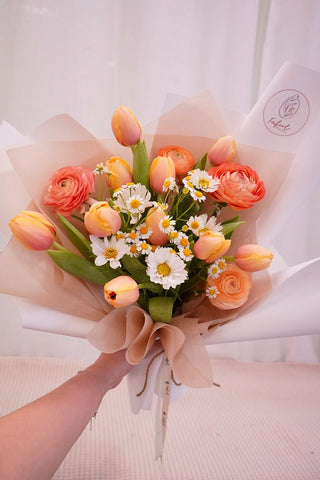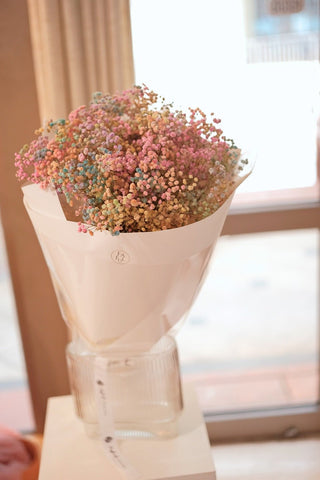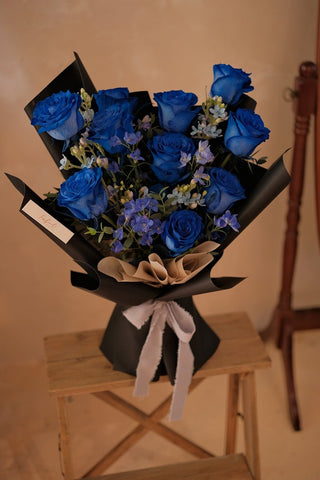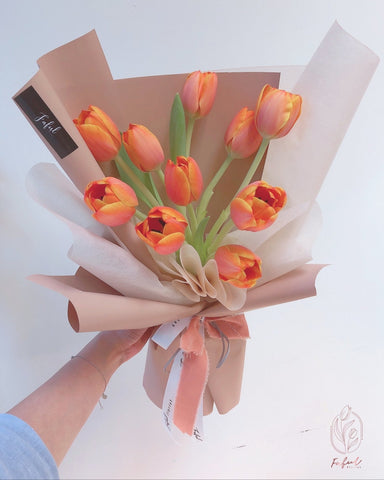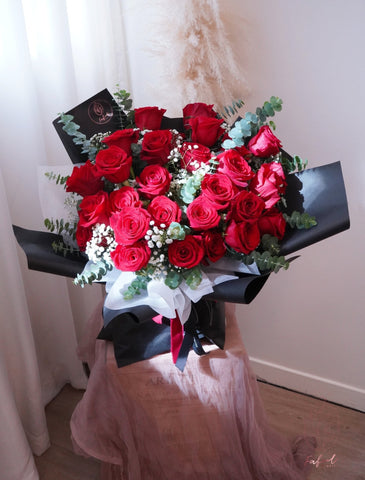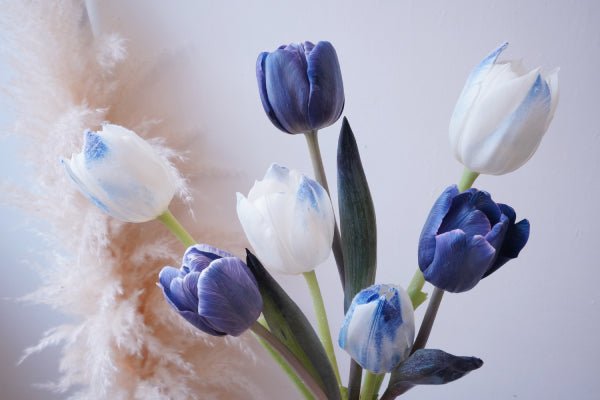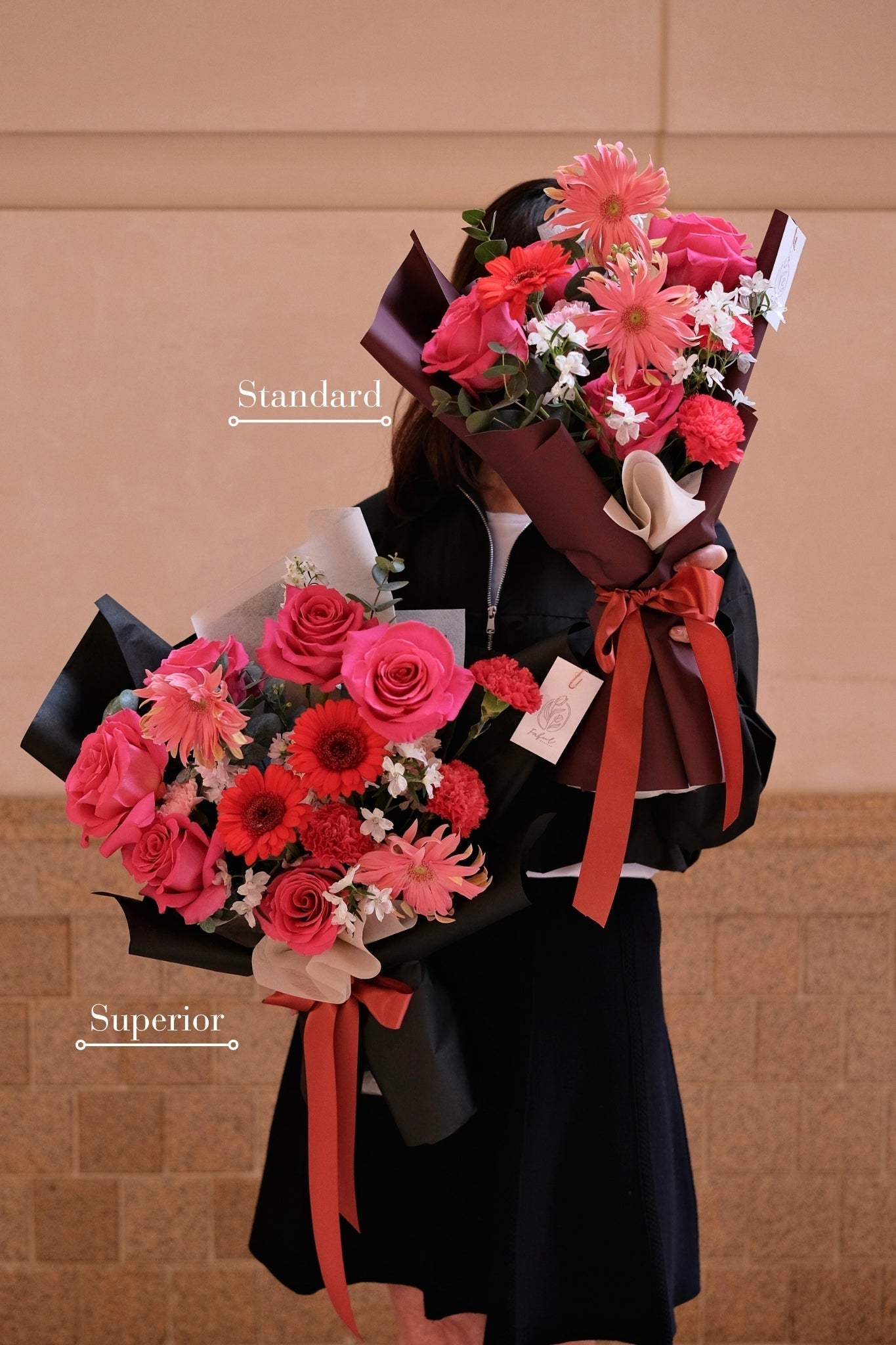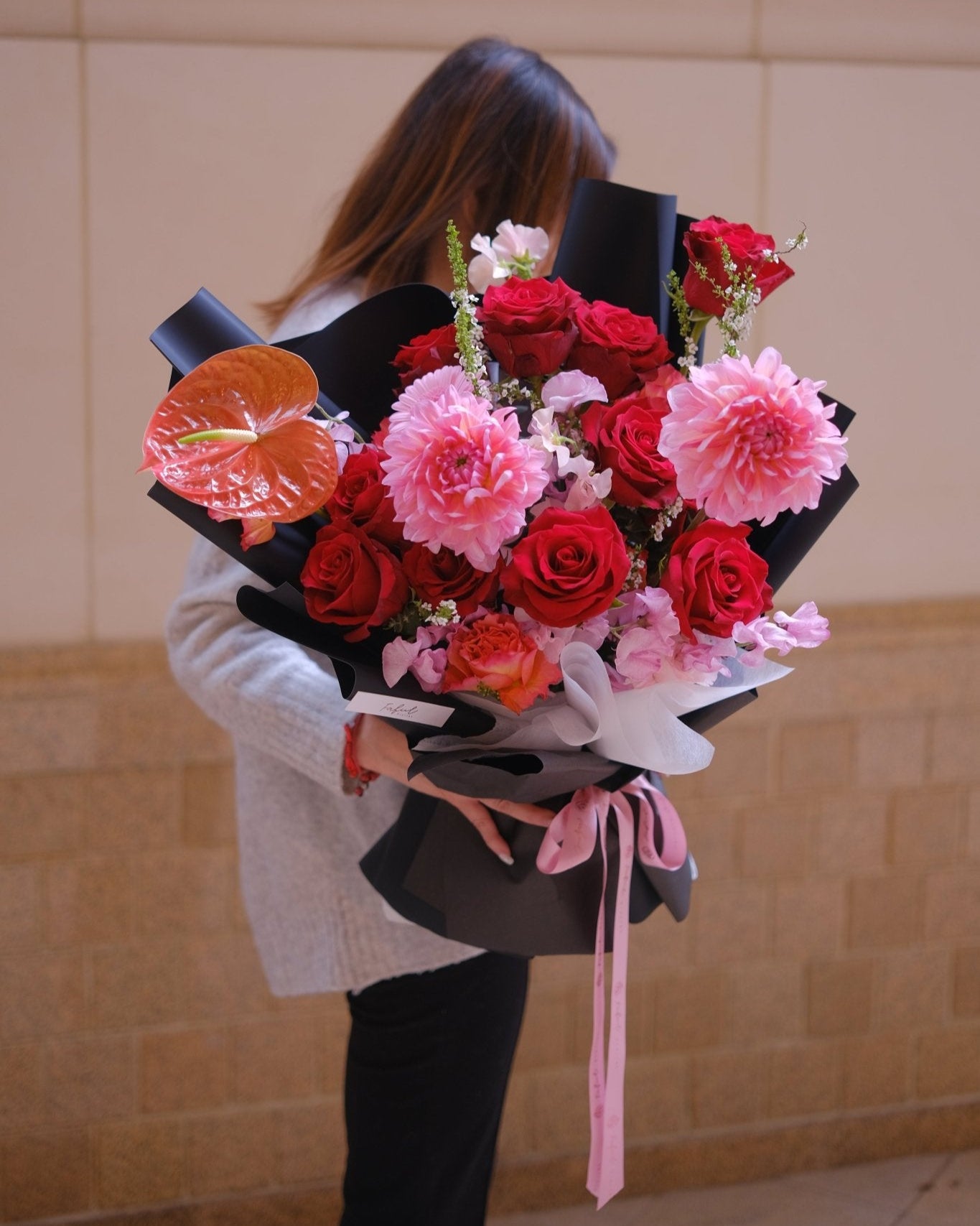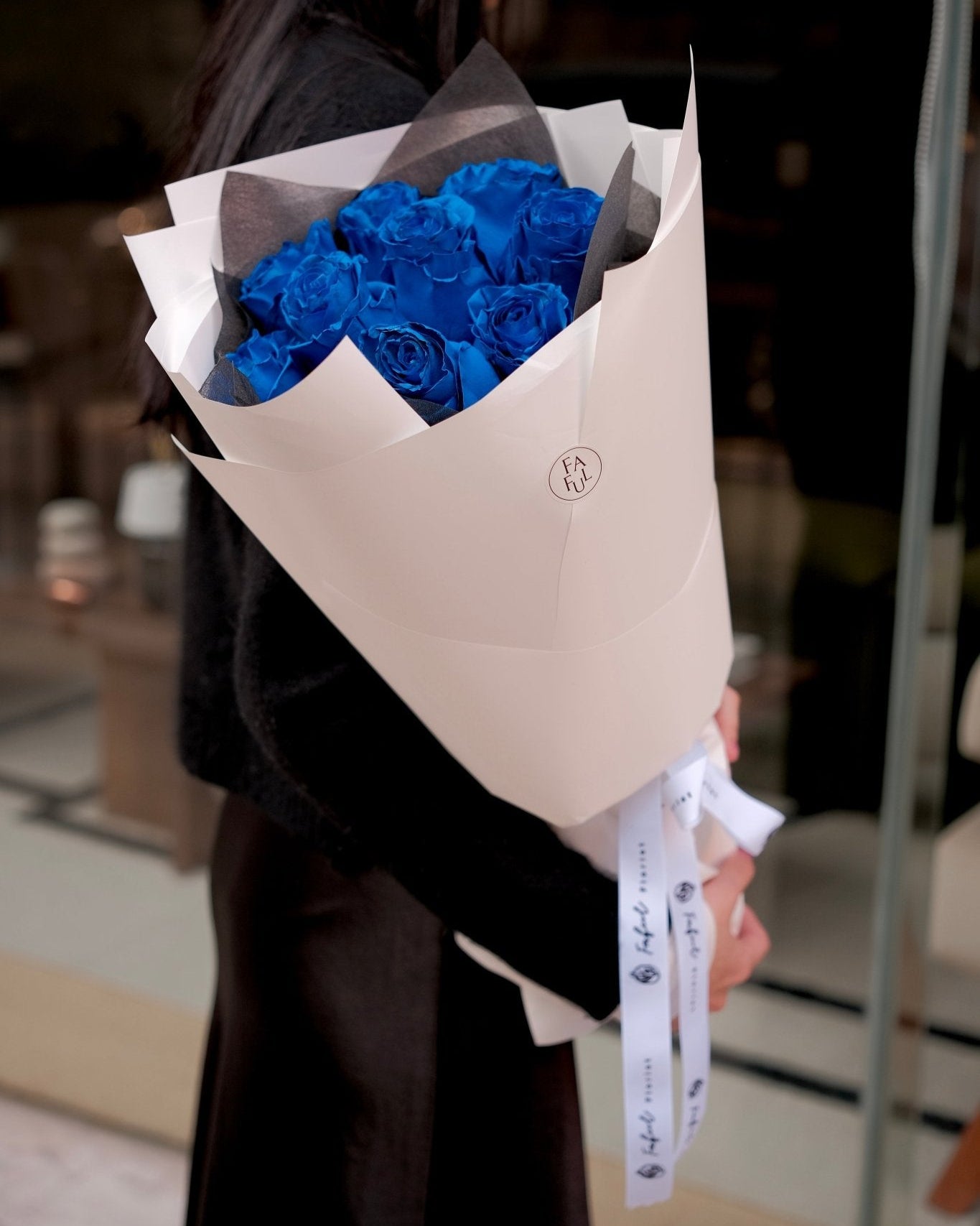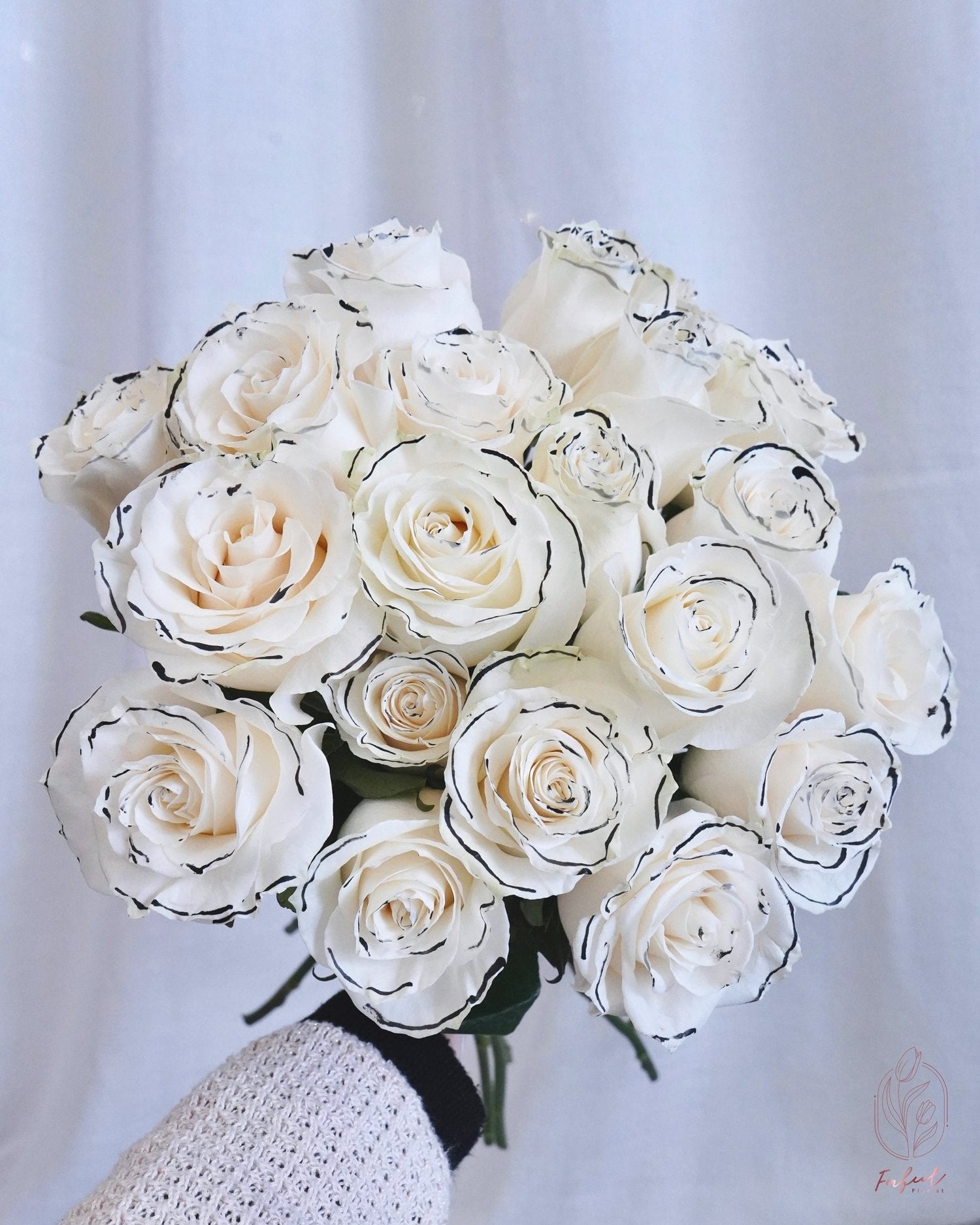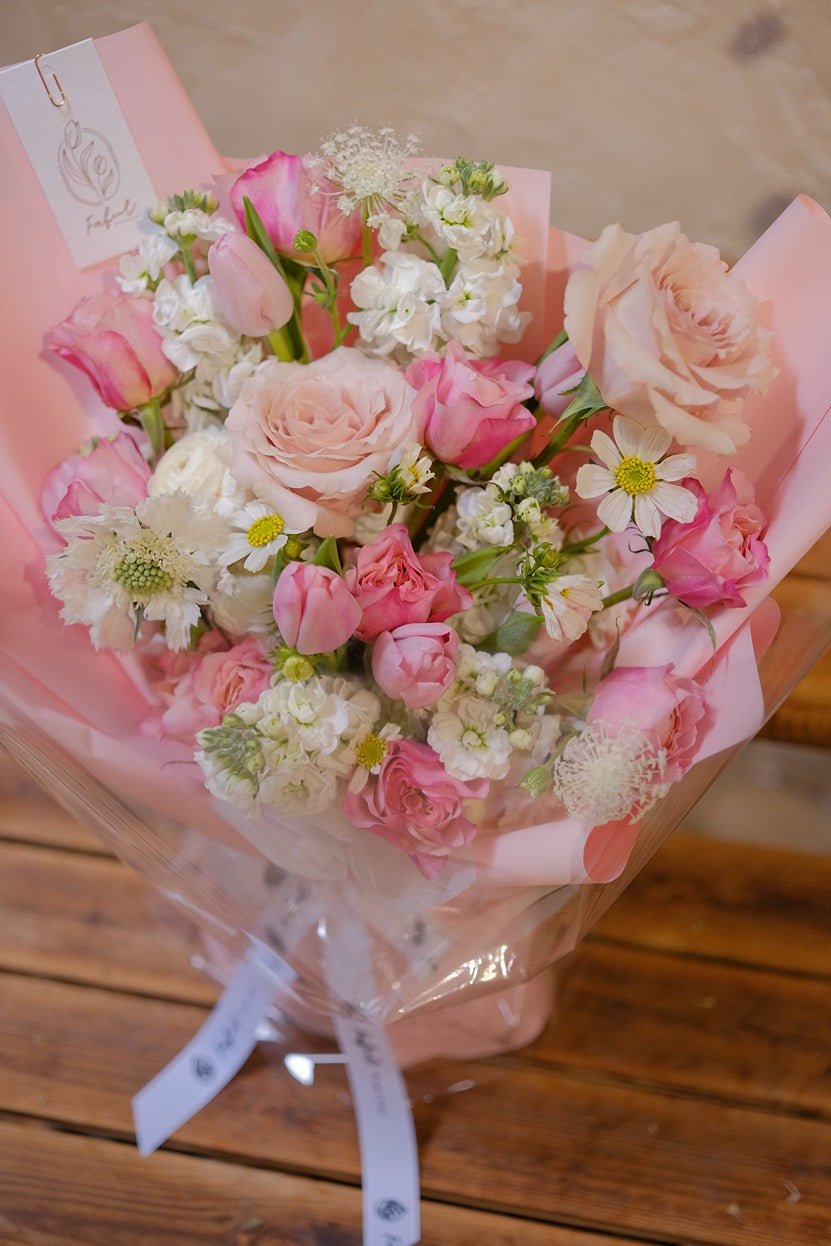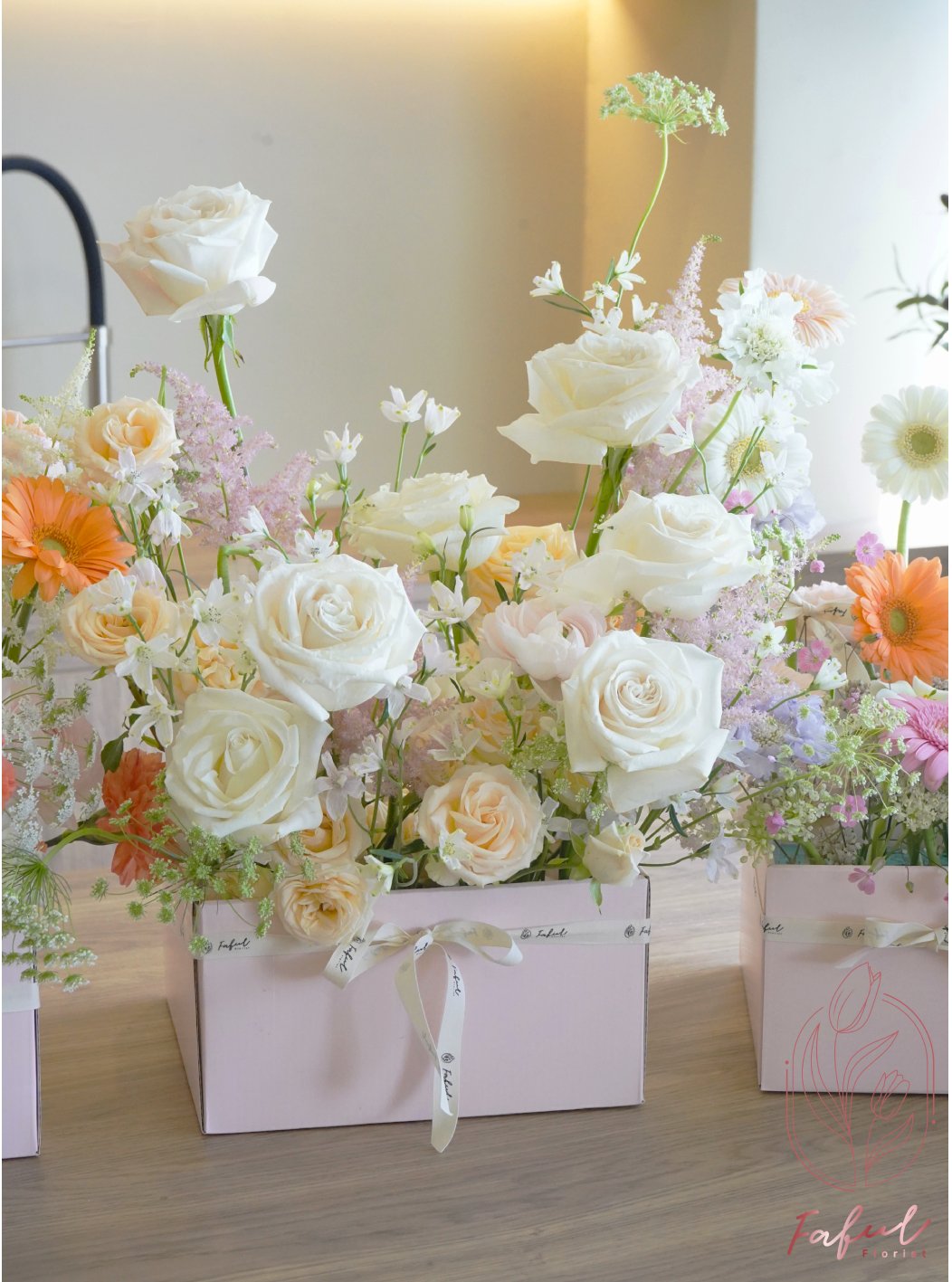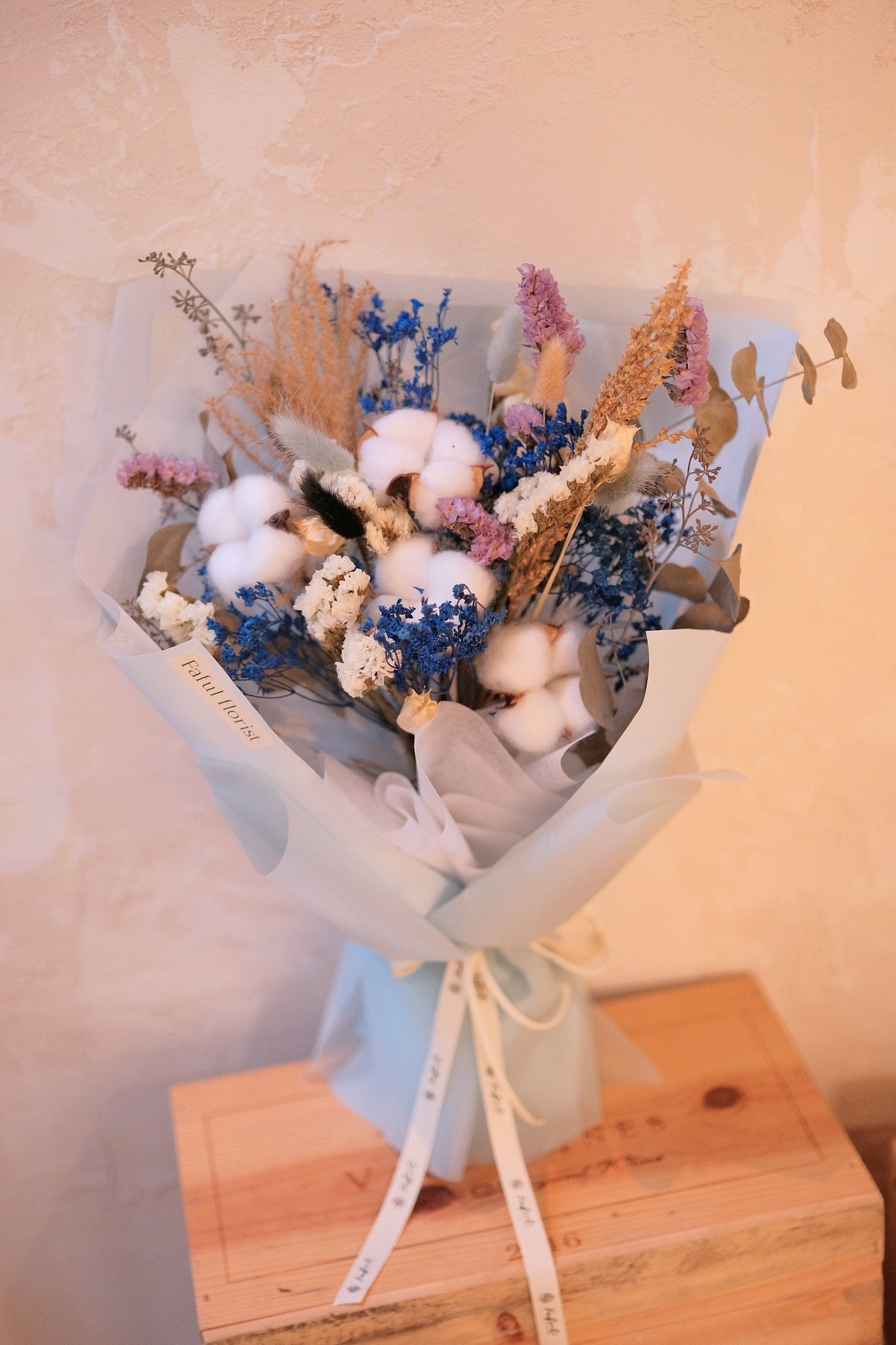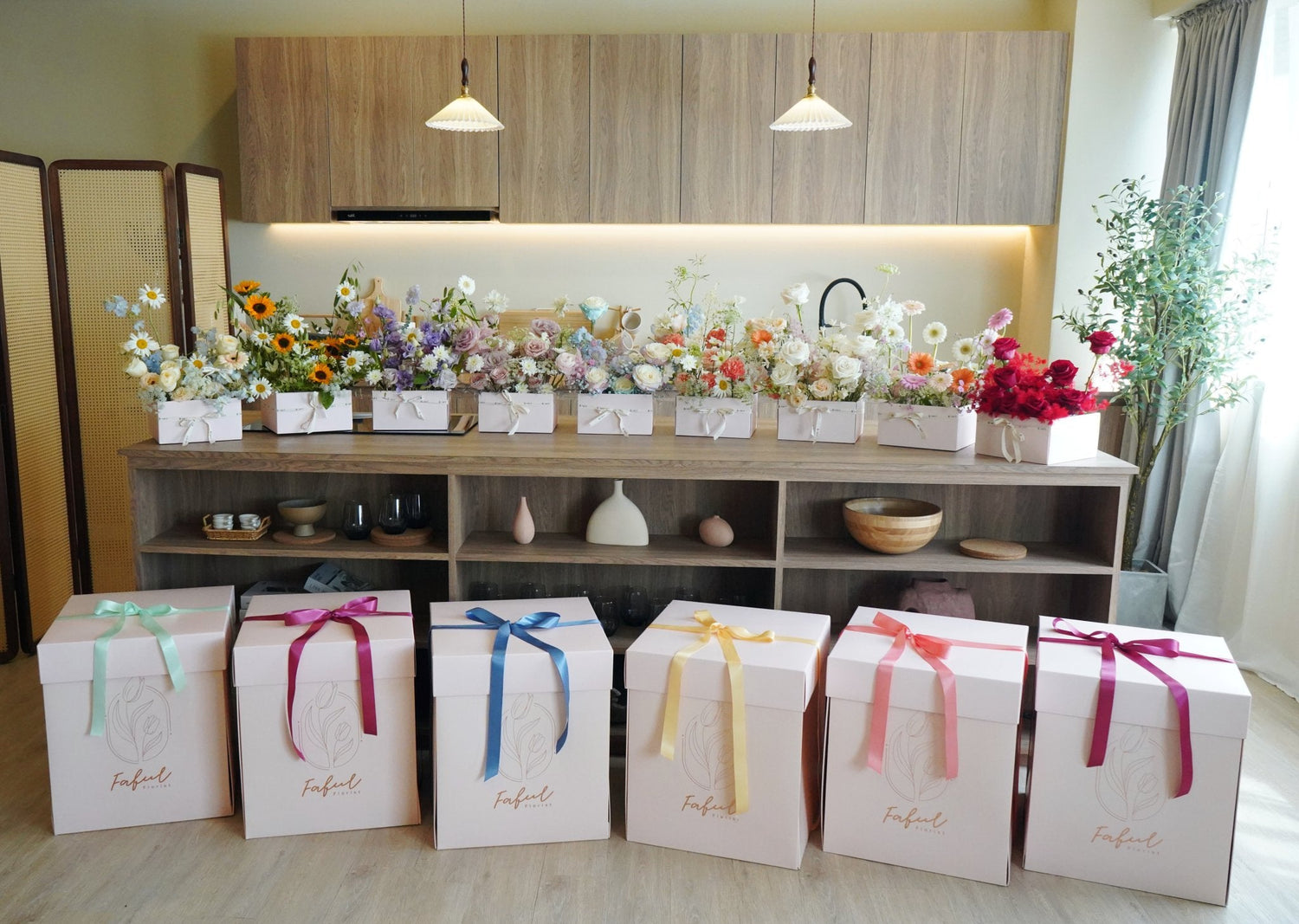
Floriography - Flower Meaning that Blow Your Mind: Secrets of Flowers
Estimated reading time: 7 minutes
Table of Contents
- The Significance and Importance of Flower Meaning
- The Origin and Symbolic Meaning of Flower Language
- The Evolution of Flower Meaning in Culture
- Common Flowers and Their Flower Meanings and Symbolic Significance
- Guide to Choosing Flower Meanings for Different Occasions
- The Application of Flower Meaning in Literature and Art
- Romantic Stories Behind Flower Meanings
- The Application of Flower Meaning in Business and Marketing
- The Psychological Interpretation of Flower Meaning
- Considerations When Choosing Flowers
- Conclusion
The Significance and Importance of Flower Meaning
Flower Meaning, also known as the symbolic significance of flowers, originates from ancient cultures and legends. From ancient times to the present, flower meaning has played an important role in human culture, becoming a way for people to express emotions. In different cultures, the development of flower meaning varies, from the Victorian era in the West to traditional flowers in the East, each flower has its unique symbolic meaning. Faful Florist flower shop has compiled information about flower meaning, hoping that by understanding the symbolic significance of flowers, we can better express our inner emotions and let flowers become carriers of our sentiments.
Why is flower meaning so important when giving gifts? The choice of each flower is actually conveying a message. Through flower meaning, we can enhance the expression of emotions, making the gift not just an external decoration but a heartfelt gesture filled with deep meaning. Whether it's love, friendship, or blessings, the symbolic significance of flowers can help us convey the most sincere emotions without words.

The Origin and Symbolic Meaning of Flower Language
Origin of Flower Language
The origin of flower language is very rich, with many flower meanings coming from legends and historical backgrounds in different cultures. In Western culture, flower language mainly originates from ancient Greek and Roman mythology, where many flowers are associated with concepts such as love and deities. In Eastern culture, the meaning of flowers is closely linked to morality, family, and social values. For example, the peony in Chinese culture symbolizes prosperity and honor.
Colors and Types of Flowers
The colors and types of flowers also play an important role in flower language. Different colors of flowers have different meanings, such as red symbolizing passion and white symbolizing purity. The types of flowers are equally important; for instance, roses symbolize love, while sunflowers symbolize loyalty and hope. Therefore, when choosing flowers, it is essential to select the appropriate flower meaning based on color and type to accurately convey the intended emotion.

The Evolution of Flower Meaning in Culture
Flower meaning is not static; it evolves with time and cultural backgrounds. Understanding the historical context of flower meaning allows us to appreciate its significance more deeply.
In ancient Egypt, the lotus was seen as a symbol of rebirth and regeneration because it blooms from the mud and is often featured in religious ceremonies, symbolizing the cycle of life. In ancient Greek and Roman mythology, flowers are closely linked to gods and emotional stories, such as the legend of roses and the goddess of love, Venus. It is said that Venus's tears and the blood of Adonis fell to the ground and turned into red roses, symbolizing immortal love. In medieval Europe, flower meaning had strong religious connotations; for example, lilies represented the purity of the Virgin Mary and were commonly seen in church art. During the Renaissance, poets and artists began using flower language to express complex emotions like love, loyalty, and loss. British poet John Donne, for instance, used flowers to metaphorize the fragility and beauty of love.
In modern times, with globalization, Eastern and Western flower meanings have gradually merged. For example, the peony, known as the "flower of wealth and honor" in China, symbolizing prosperity and glory, has been transmitted internationally and become a universal symbol of prosperity. This cross-cultural exchange has made flower meaning a bridge for communication across languages and regions. Today, flower meaning is an important way to express emotions worldwide, allowing people to convey deeper sentiments when giving flowers.
Common Flowers and Their Flower Meanings and Symbolic Significance
Below is a list of common flowers and their flower meanings and symbolic significance. Each flower has its unique symbolism, capable of conveying special messages in different occasions:
-
Rose Flower Meaning: Love and beauty. Red roses symbolize deep love and passion, while white roses symbolize purity and flawlessness. Suitable for Valentine's Day or confessions, but note that yellow roses have different meanings across cultures. In Western culture, yellow roses usually symbolize friendship, joy, and good wishes, making them suitable for friends; however, in romantic contexts, they may represent lost love. In Eastern cultures (such as China), yellow flowers sometimes symbolize nobility and wealth. Therefore, when giving yellow roses, consider the specific situation and the recipient's cultural background carefully.
Want to know more? Extended reading: The Love and Secrets of Rose Flower Meaning: How One Flower Can Overturn Your Romantic Beliefs?

-
Sunflower Flower Meaning: Loyalty and hope. It always grows towards the sun, symbolizing loyalty and a positive spirit, suitable for friends or graduates.
Want to know more? Extended reading:Sunflower Flower Meaning: Unlocking the Secrets of Sunflowers!
-
Tulip Flower Meaning: Love and beauty. Red tulips represent passionate love, while white tulips symbolize pure love. Suitable for expressing affection or congratulating new beginnings.
Want to know more? Extended reading: Tulip Flower Meaning - Various Meanings Under Different Colors
- Carnation Flower Meaning: Love and gratitude. Pink carnations represent maternal love, while red carnations symbolize passion, suitable for Mother's Day or thanking elders.
- Bellflower Flower Meaning: Eternal love. The flower meaning of bellflowers varies by culture. In Japanese culture, bellflowers symbolize unchanging love and honesty; in Chinese culture, they often represent hope and endless love. Therefore, when giving bellflowers, consider the recipient's cultural background to ensure the correct emotion is conveyed.

- Lily Flower Meaning: Purity and elegance. White lilies symbolize purity and selfless love, suitable for weddings or blessings for newborns.
-
Hydrangea Flower Meaning: Happiness and unity. Hydrangeas symbolize happiness and harmony, especially suitable for family gatherings or weddings. Different colors of hydrangeas have different symbolic meanings.
Want to know more? Extended reading: Hydrangea Flower Meaning: Exploring the Deep Significance of This Beautiful Flower
- Lavender Flower Meaning: Calmness and longing. Lavender symbolizes longing and tranquility, suitable for friends or relatives who are far away.
- Calla Lily Flower Meaning: Purity, majestic beauty
- Lavender Flower Meaning: Waiting for love, longing
- Dandelion Flower Meaning: I pray for your happiness from afar
- Kapok Flower Meaning: Cherish the people around you
- Hyacinth Flower Meaning: The flower meaning of hyacinths varies by color, generally symbolizing joy and life, bringing positive feelings. Specifically, blue hyacinths symbolize steadfastness, purple hyacinths symbolize apology, and white hyacinths symbolize pure love. Additionally, they represent "reborn love" and "eternal remembrance," so be mindful of their multiple meanings when giving them.
- Phalaenopsis Orchid Flower Meaning: Happiness flies to you, everything goes smoothly
-
Baby's Breath Flower Meaning: Purity, innocence
Want to know more? Extended reading: Baby's Breath Flower Meaning: Delving into Its Symbolism and Significance
- Cherry Blossom Flower Meaning: Pale, pure
- Daisy Flower Meaning: Pure beauty, innocence
- Azalea Flower Meaning: Moderation, contentment, happiness in being loved by you
Each flower has its unique meaning, and choosing the right flower meaning can help us convey our heartfelt emotions in different occasions.
Colors and Symbolic Meanings of Tulips
- White Tulips: Symbolize purity and new beginnings, suitable for someone starting a new chapter in life.
- Red Tulips: Represent passionate love and confession, the best choice for expressing love.
Colors and Meanings of Roses
-
Red Rose Flower Meaning: Deep love and passion, suitable for romantic occasions.
Want to know more? Extended reading: Do You Really Understand "Red Rose Flower Meaning"? Passion and Love Explained at Once!
-
White Rose Flower Meaning: Purity and respect, suitable for weddings or formal occasions.
Want to know more? Extended reading: The Unknown "White Rose Flower Meaning": The Silent Confession Behind Purity
The colors of flowers have different applicability in various occasions; choosing the right color can make the bouquet more aligned with the purpose of the gift.

Guide to Choosing Flower Meanings for Different Occasions
In different occasions, we should choose suitable flowers based on their symbolic meanings to better convey our heartfelt emotions.
- Birthdays: Birthdays are joyful days; choose flowers that symbolize happiness and hope, such as sunflowers or lilies, to wish the recipient a fulfilling life.
- Graduation Ceremonies: Graduation is an important milestone in life; giving sunflowers or carnations symbolizes positivity and blessings for the future. Sunflowers represent loyalty and hope, wishing graduates to face the future positively like the sunflower facing the sun.

- Mother's Day: For Mother's Day, pink carnations are suitable, symbolizing maternal love and gratitude, making mothers feel loved and warm. Carnations are the representative flower for Mother's Day, with pink symbolizing the selflessness and depth of maternal love.
- Valentine's Day: Valentine's Day is for expressing love; red roses are the most common choice, symbolizing passionate love and deep emotions.
- Memorial Occasions: In memorial occasions, white chrysanthemums symbolize mourning and remembrance, the best choice to show respect and memory for the deceased, which is very common in Hong Kong and suitable for mourning and remembrance.
- Family Gatherings: Hydrangeas symbolize happiness and unity, ideal for family gatherings, bringing a happy and harmonious atmosphere.
The Application of Flower Meaning in Literature and Art
Flower meaning is not limited to everyday gift-giving; it also has a profound impact on literature and art, adding romantic and symbolic layers to flowers.
In Shakespeare's "Hamlet," Ophelia distributes flowers, each carrying specific emotions; for example, rosemary symbolizes remembrance, and daisies represent innocence, deepening the emotional impact of the plot. In Chinese classical literature, plum blossoms are often used to symbolize resilience and nobility, as in Wang Anshi's line, "I know from afar it's not snow, for there's a subtle fragrance," showcasing the unique charm of plum blossoms in winter.
In art, Van Gogh's "Sunflowers" uses bright colors to interpret vitality and hope; sunflowers are not only visual focal points but also classic symbols of flower meaning in art history. In traditional Chinese painting, peonies are often depicted as representatives of wealth and prosperity, embodying the cultural significance of flower meaning.
In modern media, flower meaning is ubiquitous; for example, red roses often appear in romantic movie scenes, symbolizing passionate love; white lilies are common in wedding scenes, representing purity and blessings. These visual elements continue the tradition of flower meaning, maintaining its appeal in contemporary society. Whether in literature or art, flower meaning endows flowers with meanings beyond their appearance, becoming carriers of human emotions, allowing people to feel deeper resonance while appreciating them.
Romantic Stories Behind Flower Meanings
Many flower meanings are backed by touching stories, making the flowers themselves more romantic and emotionally rich.
- The Love Story of Roses: They are considered symbols of love, originating from the story of Venus, the goddess of love in Greek mythology. Legend has it that Venus's tears and the blood of her beloved Adonis fell to the ground and turned into red roses, symbolizing immortal love.
- The Legend of Bellflowers and Their Symbolic Meaning: In Japan, there is a touching legend about a girl named Kikyo who waited for her lover until the end of her life. This loyal love makes bellflowers a symbol of eternal love.
- The Story of Sunflowers: In Greek mythology, Clytie fell in love with the sun god Apollo, but her love was unrequited. Eventually, she turned into a sunflower, forever following the direction of the sun, symbolizing unwavering loyalty and love.

The Application of Flower Meaning in Business and Marketing
Flower meaning is not only a tool for emotional expression but also widely applied in modern business and marketing strategies, serving as a bridge between brands and consumers.
Chanel uses the camellia as its brand logo because it symbolizes elegance and purity, perfectly aligning with the brand's high-end image. The camellia's flower meaning of "ideal love" adds romantic appeal, successfully attracting consumers.
In holiday promotions, flower meaning plays a crucial role; for example, during Valentine's Day, businesses heavily promote red roses, emphasizing their symbolism of love to stimulate buying frenzies. For Mother's Day, pink carnations are featured, representing gratitude for maternal love, making flowers indispensable elements of the holiday.
In advertising, flower meaning is cleverly utilized; for instance, lavender, with its calming flower meaning, often appears in promotions for soothing products; sunflowers, symbolizing vitality, are common in health food advertisements. This combination of visual and emotional elements not only enhances brand appeal but also deepens consumers' impressions of the products. Flower shops and retailers use flower meaning in marketing to not only increase sales but also make consumers more purposeful when choosing flowers. The application of flower meaning in business proves that it is not only a legacy of traditional culture but also a practical tool for emotional communication in modern society.

The Psychological Interpretation of Flower Meaning
The reason flower meaning can touch people's hearts is supported by psychological principles, making flowers powerful mediums for emotional expression.
Color psychology shows that red flowers like red roses can evoke passion and vitality because they stimulate heart rate and blood pressure, often associated with love; white flowers like white lilies bring calmness and comfort, helping to relax the mind, explaining how different flower colors convey different emotions.
Symbolism suggests that flowers, as symbols, carry human emotional projections; for example, sunflowers symbolize hope, evoking positive emotions and uplifting spirits; plum blossoms represent resilience, often reminding people of strength in adversity.
Emotional connection is another key to flower meaning; research finds that receiving a bouquet that matches one's feelings can enhance happiness because the visual and olfactory stimulation of flowers can relieve stress and evoke beautiful memories. For instance, receiving red roses might recall romantic moments, while the scent of lavender brings tranquility. This psychological effect makes flower meaning more meaningful in interpersonal interactions, turning flower-giving into not just a gift but a deep emotional exchange. The psychological foundation of flower meaning helps people find the most suitable way to express themselves when choosing flowers.
Considerations When Choosing Flowers
When selecting a bouquet, understanding the symbolic meaning of flowers and choosing the right flowers for different situations is crucial.
- Choosing Different Bouquets Based on the Recipient: When giving flowers, select flowers based on the recipient. For example, choose red roses for a lover to express deep love, and yellow roses for friends to express friendship.
- Paying Attention to the Combination and Colors of the Bouquet: Different colored flowers combined may convey different messages. For instance, pairing red and white roses represents purity and loyalty in love.
- Avoiding the Wrong Flowers in Various Situations: For example, avoid yellow roses for lovers, as they symbolize breakup or infidelity in some cultures; for memorial occasions, choose white chrysanthemums, white lilies, or white roses, all symbolizing mourning and remembrance, suitable for expressing respect for the deceased; for mothers, pink carnations are most appropriate, symbolizing gratitude and love.

Conclusion
Flower Meaning, as a way to express emotions, continues to play an important role in our lives today. From ancient times to the present, the symbolic significance of flowers is not only a cultural symbol but also a medium for people to convey their inner feelings. In modern society, the application of flower meaning remains widespread; whether at weddings, birthdays, or other special occasions, choosing the right flower meaning can make the gift more meaningful.
We encourage readers to pay more attention to the choice of flower meaning when giving flowers, using the symbolic significance of flowers to convey deeper emotions. Let flower-giving be not just an action but an exchange of emotions, a transmission of sentiments. We hope that every bouquet can bring happiness, touch, and beautiful memories.
| Flower | Meanings and Symbolism |
|---|---|
| Rose | Love, beauty; Red: deep love, passion; White: purity, innocence; Yellow: friendship (Western) or nobility, wealth (Eastern, may imply lost love in romantic contexts) |
| Sunflower | Loyalty, hope; symbolizes positivity, suitable for friends or graduates |
| Tulip | Love, beauty; Red: passionate love; White: pure love, ideal for expressing love or new beginnings |
| Carnation | Love, gratitude; Pink: maternal love; Red: passion, suitable for Mother’s Day or honoring elders |
| Bellflower | Eternal love; Japan: unchanging love, honesty; China: hope, endless love |
| Lily | Purity, elegance; White lily: purity, selfless love, suitable for weddings or newborn blessings |
| Hydrangea | Harmony, unity; symbolizes happiness, ideal for family gatherings or weddings |
| Lavender | Calm, longing; suitable for long-lost friends or distant relatives |
| Calla Lily | Purity, majestic beauty |
| Gardenia | Eternal love, commitment, silent devotion |
| Dandelion | Praying for happiness from afar |
| Kapok | Cherish those around you |
| Hyacinth | Joy, life; Blue: constancy; Purple: apology; White: pure love; symbolizes reborn love, eternal remembrance |
| Orchid | Elegance, graceful demeanor, courage to overcome challenges |
| Baby’s Breath | Innocence, purity |
| Cherry Blossom | Purity, simplicity |
| Forget-Me-Not | True love, loyalty, remembrance |
| Daisy | Pure beauty, innocence |
| Azalea | Moderation, contentment, happiness in love |
| Iris | Hope, faith, wisdom |
| Chrysanthemum | Noble character, integrity, longevity, auspiciousness |
| Peony | Prosperity, honor, dignified commitment |

If you are captivated by the charm of flower meaning, we invite you to explore our online flower shop and learn more about our various flower products.


